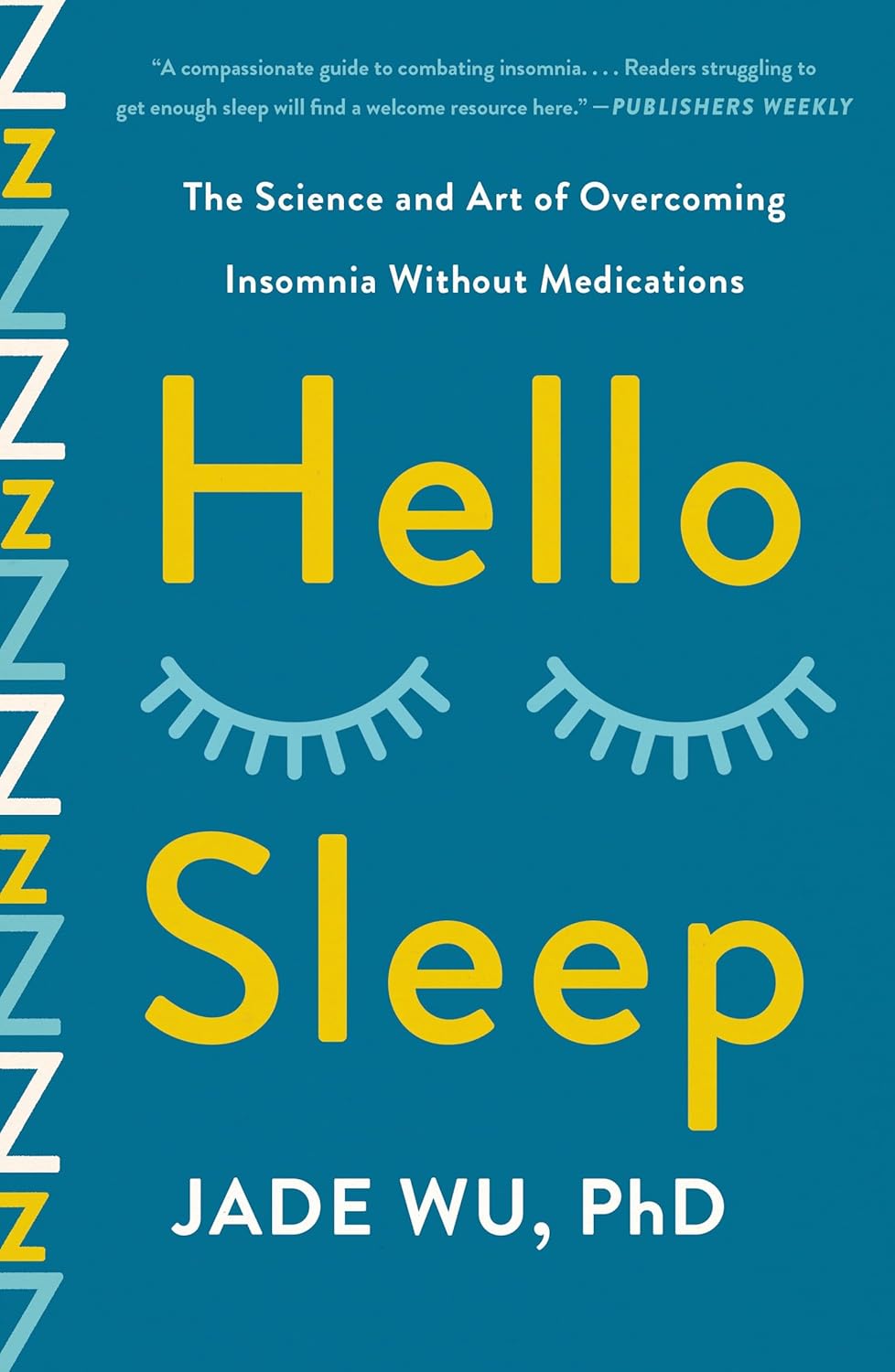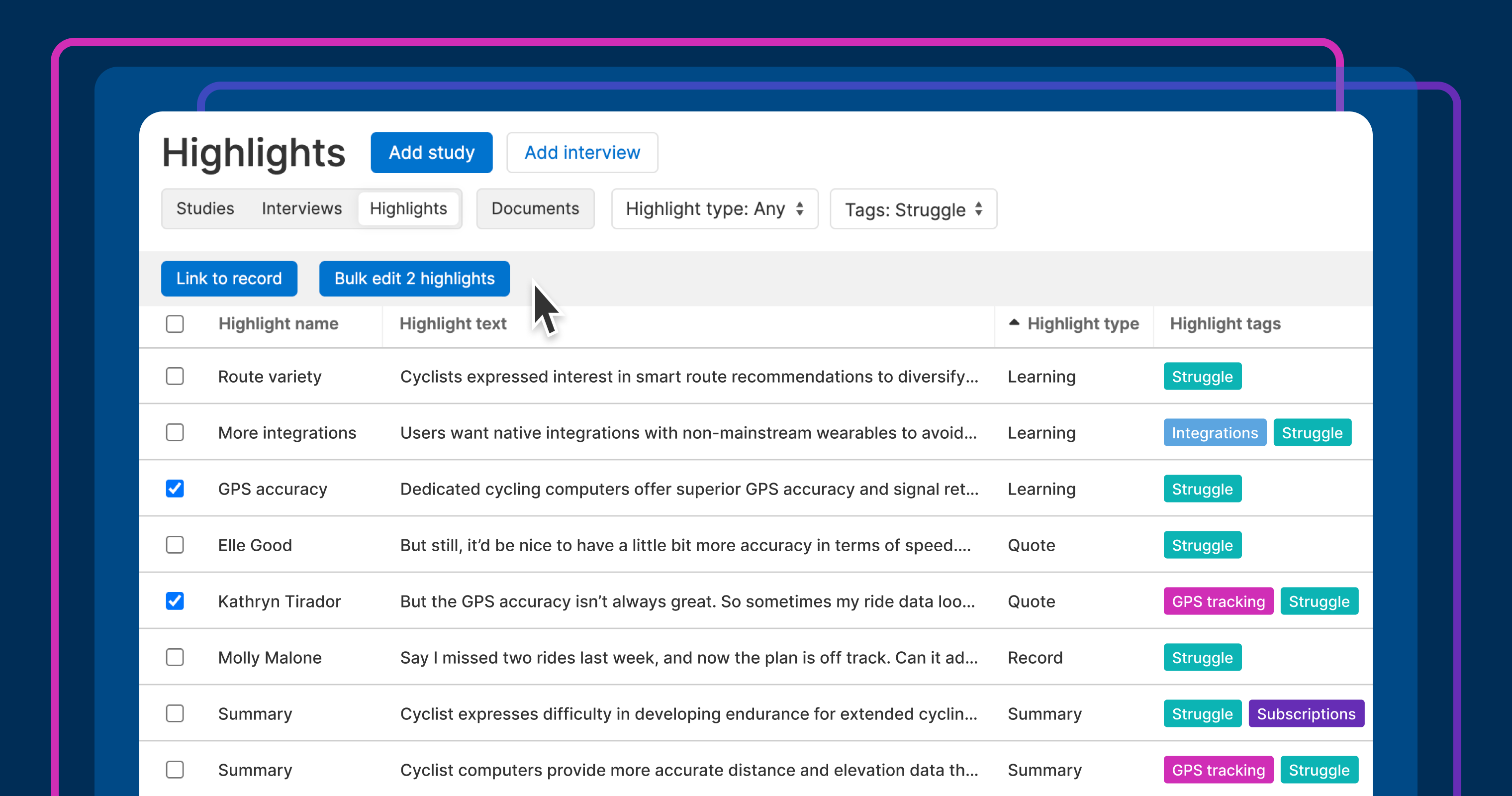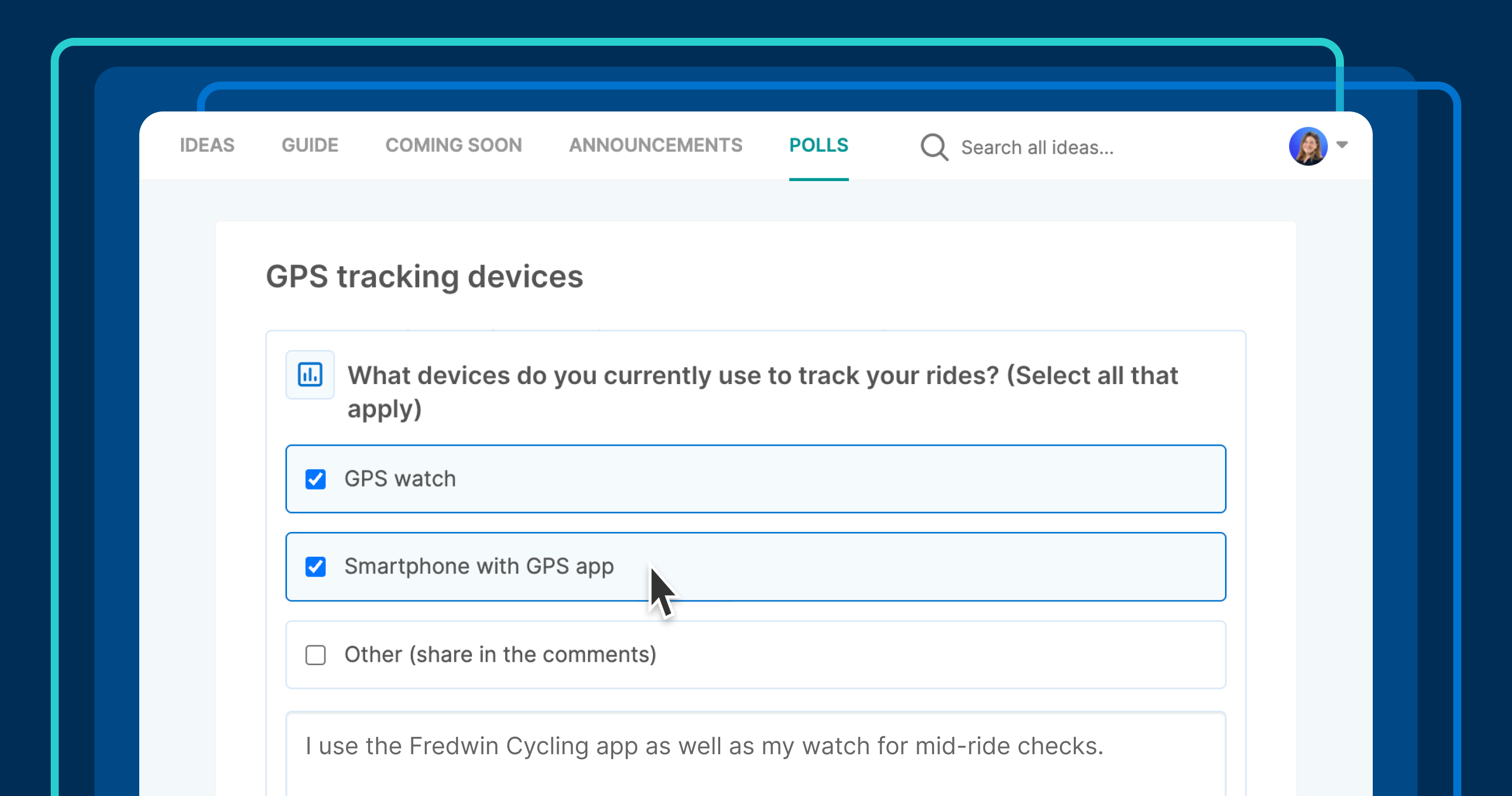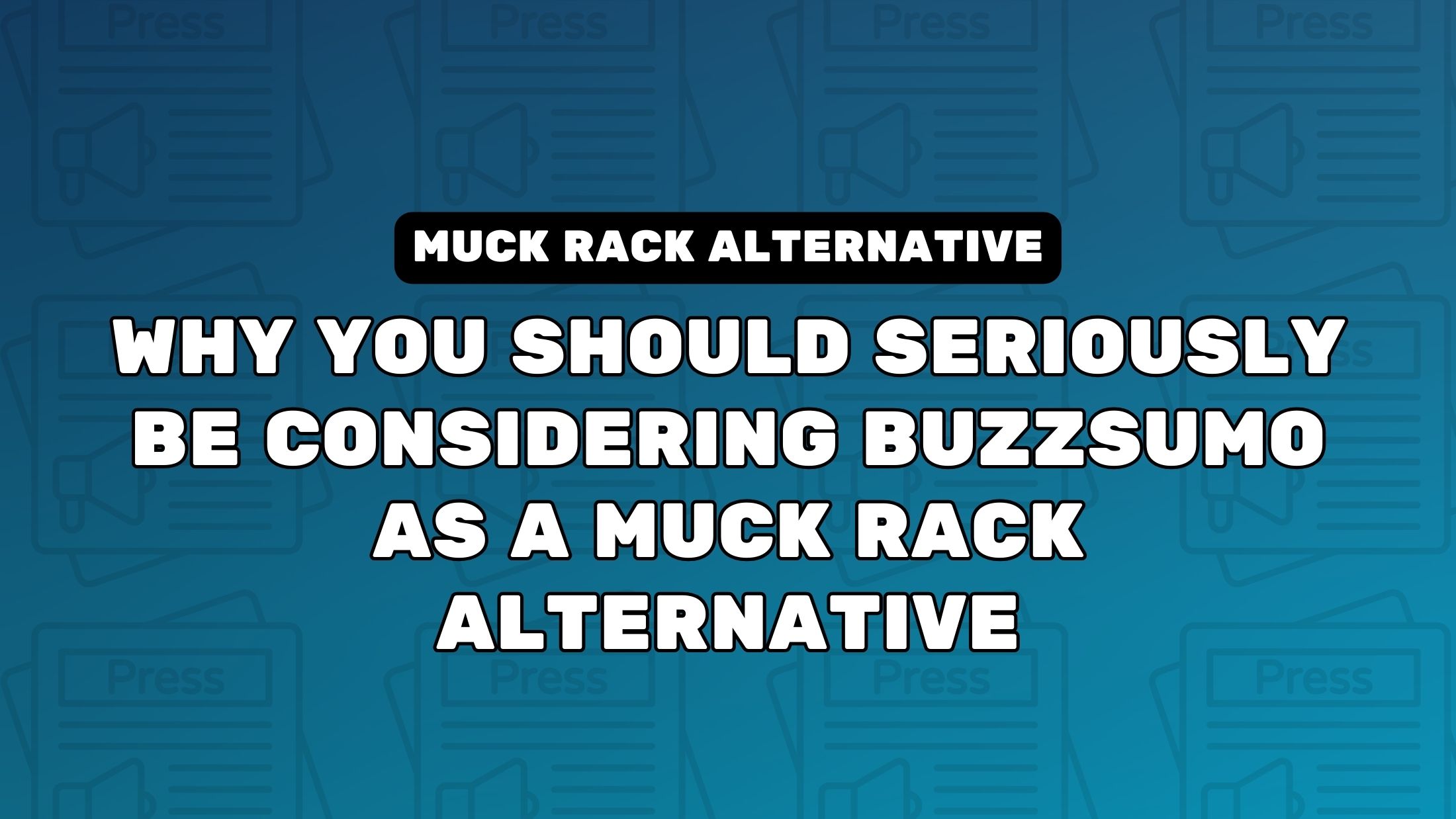Navigating Regulatory Challenges: Curating Healthcare Content with Compliance in Mind
Healthcare curators must master a new art: one that seamlessly fuses marketing instincts with regulatory exactitude. The post Navigating Regulatory Challenges: Curating Healthcare Content with Compliance in Mind appeared first on Scoop.it Blog.


Healthcare marketing isn’t just about storytelling; it’s about precision and accountability. Every piece of curated content sits under the magnifying glass of regulatory scrutiny, where even small missteps can spiral into serious consequences. In a world where patient trust is currency and compliance missteps can cost millions, healthcare content curation demands a strategic blend of creativity, vigilance, and legal foresight.
The stakes are higher than in almost any other industry. Misinformation can cause real-world harm. Overstepping regulatory boundaries can destroy brands overnight. A simple misphrased post or an unvetted article share can trigger lawsuits, fines, and sanctions from federal agencies. Healthcare curators must master a new art: one that seamlessly fuses marketing instincts with regulatory exactitude.
The Tightrope Walk: Why Healthcare Content Curation Is a Compliance Minefield
Curating healthcare content isn’t like curating general industry news. Healthcare professionals and brands operate in an ecosystem governed by a tangled web of complex regulations like HIPAA, GDPR, the FDA’s advertising rules, and even regional guidelines such as the EU’s MDR (Medical Device Regulation). A “good enough” attitude doesn’t survive here—not for long.
Compliance isn’t about checking a box after the fact; it’s an ongoing discipline baked into every content decision. Inaccuracies, omissions, or ambiguous claims can draw regulatory ire, tarnish brand reputations, and erode patient trust faster than a data breach or public relations disaster.
But here’s the paradox: audiences crave timely, relevant, high-quality healthcare content. They expect thought leadership and cutting-edge information—without realizing the regulatory labyrinth behind every “simple” article share or blog post. This tension creates an operational pressure cooker where mistakes aren’t just possible; they’re inevitable unless you architect a system built to prevent them.
The Regulatory Landscape: More Than Just HIPAA
HIPAA (the Health Insurance Portability and Accountability Act) tends to dominate discussions around healthcare content compliance. However, HIPAA is just one slice of a much bigger, and much more complicated, pie.
- GDPR: If your audience includes European users, GDPR (General Data Protection Regulation) affects you—even if your company is U.S.-based. It mandates strict data consent, usage transparency, and “right to be forgotten” protocols that affect how you capture leads, distribute newsletters, and track user engagement.
- FDA Guidelines: Anything touching on drugs, treatments, biologics, or medical devices must adhere to strict promotional standards. Even simply mentioning a drug without properly contextualizing the FDA approval status can land you in hot water.
- FTC Rules: Misleading advertising claims aren’t just bad practice; they’re illegal. The Federal Trade Commission regularly sues and fines healthcare companies for deceptive marketing practices, including content sharing that blurs fact and marketing spin.
- State-Level Privacy Laws: California’s CCPA (California Consumer Privacy Act) redefines personal data far beyond healthcare records. Any personalized web experience—from behavioral retargeting to personalized email marketing—must respect stringent consent and opt-out mechanisms.
Moreover, the distinctions between “educational” content and “promotional” content often blur dangerously fast. Curating an article about an experimental drug? You might accidentally cross into “off-label promotion” territory if the article discusses uses not explicitly approved by regulators.
Building a Compliance-First Curation Strategy
Successful healthcare content curation requires building compliance into the strategy—not layering it on after the fact. Think of compliance as your design principle, not your final inspection. This mindset shift is what separates compliant organizations from those that just “hope” for the best.
1. Source Selection: Curate from Credible, Regulated Channels
Start with sources that have already navigated regulatory hurdles. Peer-reviewed journals, official government health sites, accredited news outlets, and major medical associations should form your baseline. These sources typically vet their information rigorously and are less likely to cause compliance nightmares.
Avoid content from startups, smaller blogs, or influencers unless they have verifiable credentials. Even then, caveat lector: perform due diligence. This is especially important if you’re merging multiple documents or combining several works into one cohesive content piece.
2. Contextualization: Frame Content Responsibly
Curating isn’t passive sharing. It’s a contextual act. You can’t simply repost a Harvard Medical School article and assume compliance by association.
Ask:
- Does this content make implicit or explicit medical claims?
- If so, are those claims supported by robust, recent evidence?
- Can the language be interpreted as offering treatment advice, either directly or through implication?
Curators must summarize responsibly, avoiding sensationalism and reframing key takeaways within a neutral, fact-based tone. Nuance matters—especially when conveying risk levels, study limitations, or ongoing debates within the medical community.
3. Audience Segmentation: Different Messages for Different Eyes
A curated newsletter for physicians looks very different than a curated blog for patients.
Healthcare providers are equipped to interpret nuanced medical studies. Patients are not. Misjudging this can create accidental non-compliance by disseminating information that’s “misleading” simply because it lacks layperson translation.
Create clear, segmented curation streams to avoid regulatory pitfalls. Design communication hierarchies that match content complexity with audience expertise. Use simple language, clear disclaimers, and concrete explanations for patient-facing materials.
4. Metadata and Privacy: Invisible Pitfalls
Privacy compliance isn’t just about the content itself—it’s also about how it’s delivered and tracked. If you’re embedding curated content into emails, landing pages, or social media posts, you must ensure that any personal data collected (like click behavior, device identifiers, or location data) complies with privacy laws.
If you’re automating your curation, don’t assume that automation equals absolution. Always audit your metadata capture mechanisms. Explicitly disclose what data you collect, how you use it, and how users can opt out.
Emerging Challenges: AI and Healthcare Content Curation
AI models might pull from dubious sources, misinterpret clinical studies, or produce summaries that subtly alter the tone, intent, or context of the original material—all without human curators realizing it. Even “safe” AI systems can create compliance liabilities by over-summarizing, paraphrasing inaccurately, or prioritizing engagement over precision.
Human oversight is non-negotiable. Every AI-curated output must pass through a human with domain-specific knowledge and compliance literacy. Invest in AI governance frameworks and define clear escalation paths when questionable content is flagged.
Final Thoughts
Healthcare content curation is no longer a low-stakes marketing tactic—it’s a frontline operation for brand trust and legal protection. The organizations that win in this space aren’t the ones curating the most content. They’re the ones curating the right content with the right framing for the right audiences—all while moving in lockstep with evolving compliance landscapes.
In a sector where credibility is currency, curators are the new compliance architects. Build wisely, audit continuously, lead ethically, and you won’t just survive—you’ll thrive in an era where trust is the ultimate competitive edge.
The post Navigating Regulatory Challenges: Curating Healthcare Content with Compliance in Mind appeared first on Scoop.it Blog.
![]()







































































































![Building A Digital PR Strategy: 10 Essential Steps for Beginners [With Examples]](https://buzzsumo.com/wp-content/uploads/2023/09/Building-A-Digital-PR-Strategy-10-Essential-Steps-for-Beginners-With-Examples-bblog-masthead.jpg)










































